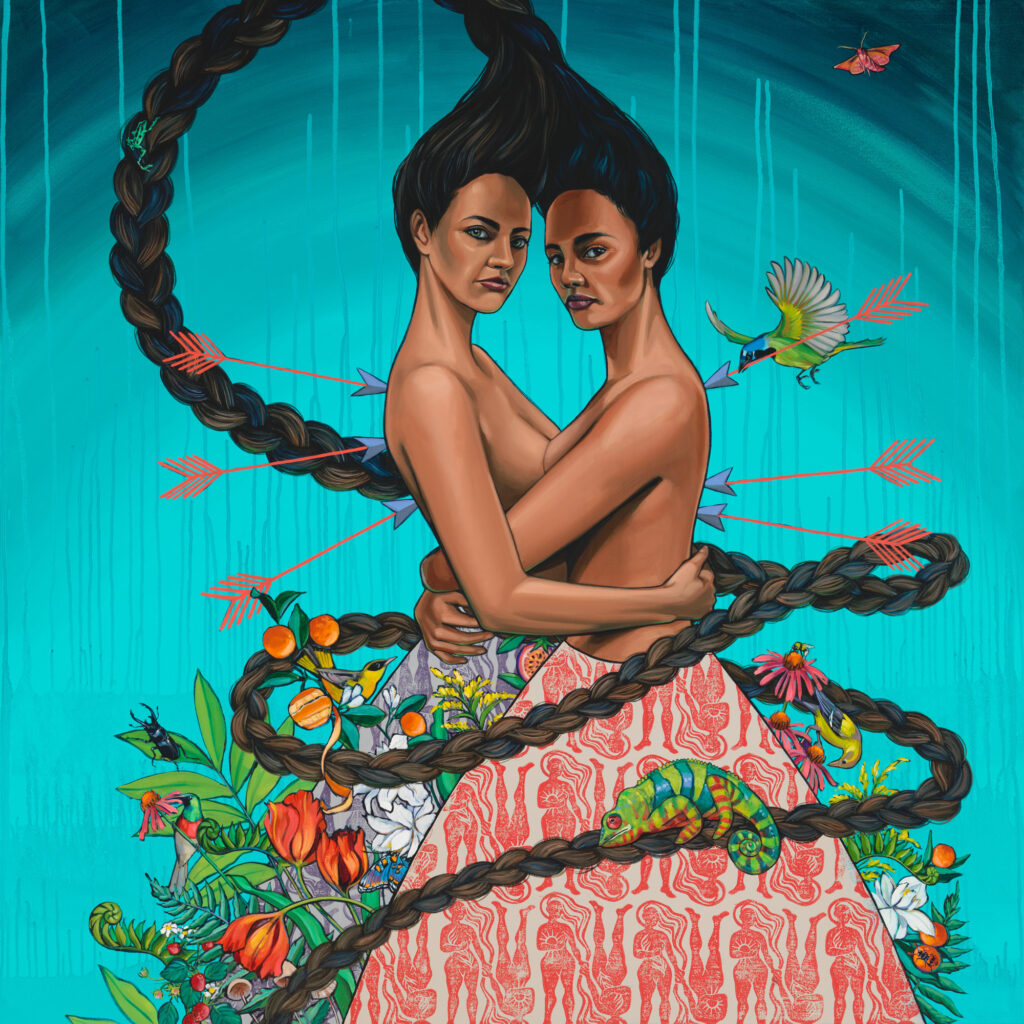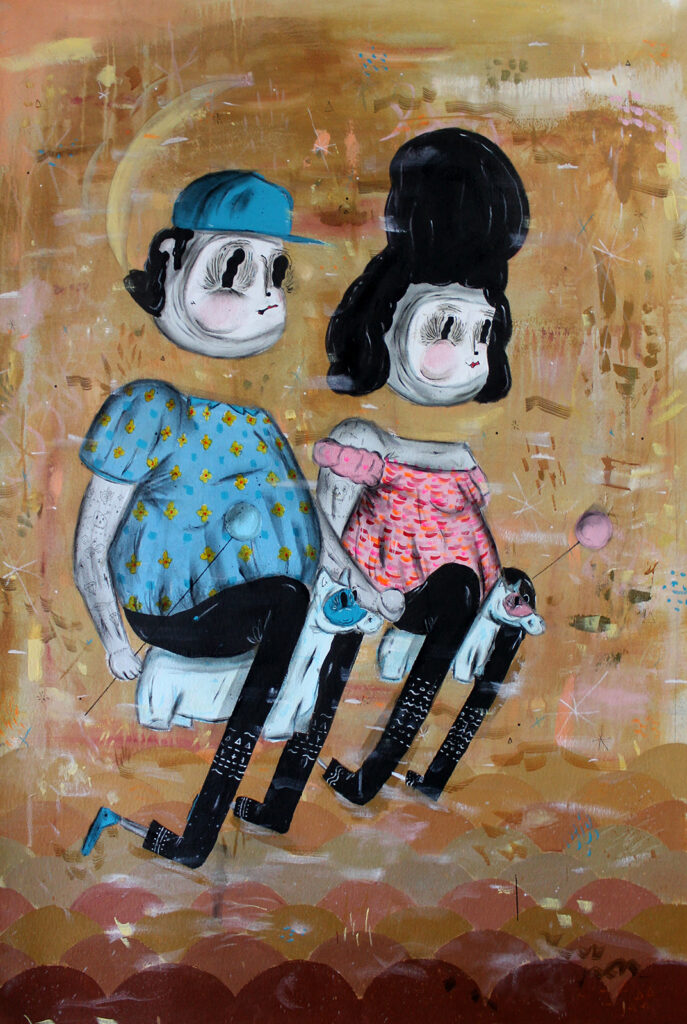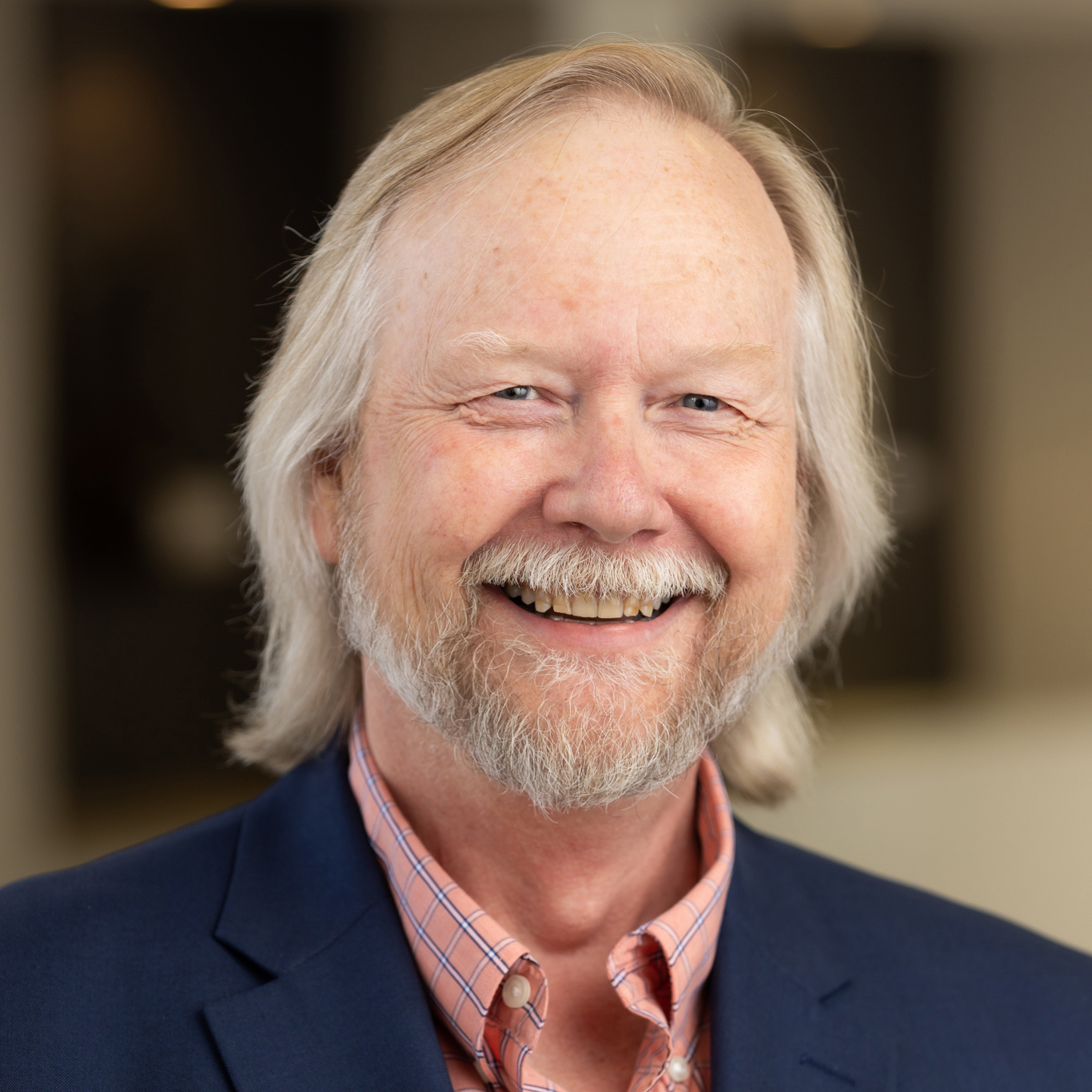Three Exhibitions Open at the AMA
A trio of art exhibitions that investigate how women and nature are treated, explore families that stay close under trying circumstances, and reflect on works by self-taught artists debut Thursday, Sept 7, at the Fall Exhibitions Opening Reception at the Albany Museum of Art. The reception is 5:30-7 pm.
In Land That I Love, Pittsburgh, Pa., artist Ashley Cecil investigates the relationship between the oppression of women and the domination of nature through her paintings and sculptures.
In Familias, Ramiro Davaro-Comas, an Argentine-American artist who resides in New York, explores families that maintain closeness in frozen moments as they undertake immense transition.
“These artists pose audacious questions about what it means to be human,” AMA Executive Director Andrew J. Wulf, Ph.D., said. “I see these exhibitions as responsive experiments that support the idea that a fresh approach is required—perhaps only art itself can do this—that will serve as a nucleus for a new conversation about a future, one where humans and nature fit snugly together as if we were never separate.”
The two exhibitions will be joined by Southern Visionaries: Self-Taught Artists From the AMA Permanent Collection, which includes works by Eddie Owens Martin, O.L. Samuels, and Woodie Long. Southern Visionaries features artists who took unconventional career paths and had no formal art training.
Those attending the reception will have the opportunity to meet artists Cecil and Davaro-Comas, who will discuss their work. Tickets are $15 for the general public, $10 for AMA Artist Guild donors, and free for AMA donors at the Reciprocal level or higher. A link to RSVP may be found HERE. The first 20 registrants will receive earrings created by artist Cecil.
ALSO THIS WEEK
The opening will be followed with a special Fall Family Opening Day 10 am-5 pm on Saturday, Feb 9. Family Day, which is free and open to the public, includes art projects in the AMA Classroom, gallery scavenger hunts in the galleries for prizes, and creative play in the AMAzing Space activity center. All activities are free.
All three exhibitions will continue through Saturday, Jan 6, 2024. Land That I Love will be in the Haley Gallery. Familias will be in the East and Hodges Galleries. Southern Visionaries will be in the upstairs McCormack Gallery. The AMA is open to the public 10 am-5 pm Tuesdays through Saturdays. Admission is free for everyone.
Cecil also is conducting a mixed-media workshop 10am-noon Friday, Sept 8, at the AMA. Demonstrating the techniques she used to create her work for Land That I Love, Cecil will show the relationship of pigments and dyes to water. Flint Riverkeeper will have a tabletop river system demonstration at the workshop, using dye to show how pollution can spread throughout a watershed. Learn more about the workshop HERE. The registration link for the workshop may be found HERE.
LAND THAT I LOVE
In describing Cecil’s work, AMA Director of Curatorial Affairs Katie Dillard said it is “beautiful and feminine, but most of all delicate. The quality of her works is part of her message; and is a demand for better care, for both the environment and for all women. She brings together huge elements of feminism and environmentalism, often blurring the line between the two and making their significance inseparable.”
While society purports to cherish and honor women and nature, both are abused in strikingly similar ways, Cecil says.
“Both are religiously sanctioned as property, legislated against, denigrated into submission, their beauty monetized, and their fertility systematically policed,” she said. While respect for God and family, including daughters, mothers, and wives, were spoken of as she was growing up, the onset of womanhood “transformed reverence to rancor.”
Once a woman is perceived to be a magnet and focal point of sin, many will try to control her appearance, body, voice, and identity,” Cecil said. “Female fertility is a particularly poignant lightning rod since nothing is more powerful than the ability to incubate life.”
As an adult, a series of residencies at science and conservatory institutions sparked within her a new understanding of the divine and its female incarnations, Cecil said. “I witnessed how prolific, intelligent, resilient, generous, and just Mother Nature is,” she said. “It became obvious that Earth is a body with waterways like a vascular system and an undulating surface like skin stretched over bone, folding in the crevices. Now, I cannot unsee these parallels in appearance, function, and in society’s blatant disregard. From dowries and debts to deeds, we shed blood over seizure and control of the bodies of women and nature.”
Cecil specializes in paintings and sculptural works of flora, fauna, and feminine forms that illustrate connections between the natural world and its human inhabitants. Her love affair with all things organic and wild blossomed as the result of studying landscapes with accomplished master painters in London while earning her master’s degree at the Sotheby’s Institute of Art, immersing herself in nature-inspired decorative arts collections in European museums, and painting from live observation at conservation institutions such as the National Aviary.
Her fervor for artistic interpretations of the state of life on this planet has landed Cecil many exciting opportunities, including creating a commissioned artwork for Oxfam America that was exhibited at a United Nations convention on climate change, a six-month artist residency at the Carnegie Museum of Natural History, and traveling to the Amazon rainforest to participate in the art-immersion program Labverde.
FAMILIAS
Davaro-Comas, who immigrated from Argentina and now resides in New York State, said the Familias series enabled him to process some of his childhood experiences, when he felt he was caught between two different worlds. Young immigrants, he said, are often cast into the critical role of translating signs, grocery store labels, customs and even jokes for their non-English-speaking parents because children can absorb new languages faster.
“Presented in an approachable style of cool and youthful graffiti art, with tattooed characters styled in trendy streetwear, the messages in Ramiro’s work lie much deeper than the spray-painted surfaces,” Dillard said. “This is a narrative of a lifetime of human experiences the artist is sharing with us.
“Landscapes of unknown, often-blurred environments embody Ramiro’s message of immigrants coming into unfamiliar places, and contain vulnerable characters trying to fit in with the rest of us, but still stand out so uniquely. After viewing these characters and the different journeys they embark on, audiences can’t help but grow fond of them, and their Felix the Cat-eqsue masked faces start to appear normal.”
The figures in his work, all painted in three-quarter or profile view, “are focused on what lies ahead, needing that forward momentum to journey into new lives in foreign lands,” Davaro-Comas said. “The families in the series are painted as happy and hopeful, as my childhood immigrant experience to this country was generally pleasant. Yet there was always an underlying sense of loss, a feeling that connects many immigrants regardless of our specific experiences.
“My characters contain visual cues to represent some of this inner conflict. As migrants, especially as children, we know our difference can be used against us, so we don masks in order to fit into our new worlds. We must learn a new language and culture, with the expectation that the process be seamless.”
Davaro-Comas has a background in public art and artist residency management. His passions for painting, storytelling, and community work have pushed him to travel throughout his career, collaborating with artists around the world. After studying Hospitality and Tourism Management at the University of Massachusetts, Amherst, serving a year in Holyoke with Americorps, he was invited in 2012 to participate in a collection of international and U.S. artist residency programs, taking him to Berlin, Amsterdam, and Barcelona, upstate New York and Providence, R.I. He began working full-time as an artist and moved to Brooklyn, straddling the line between fine art and illustration. His work as a muralist has brought him to both small towns and large cities.
In 2016, he launched Dripped on the Road, the only traveling artist residency program for muralists in the U.S. From 2016-2022, the program worked with over 30 artists, painting over 150 murals throughout the East Coast of the United States. He currently co-directs Super-Stories, a non-profit arts education organization in upstate New York with his partner, Grace Lang, and consults on public art projects, collaborates with skate shops, paints murals, and creates work for gallery exhibitions.
SOUTHERN VISIONARIES
Southern Visionaries is a sampling from the Albany Museum of Art permanent collection that examines a small group of artists who were all largely self-taught and extremely motivated to create—O.L. Samuels, Woodrow Wilson “Woodie” Long, and Eddie Owens Martin. Also known as St. EOM, Martin founded the internationally renowned art compound Pasaquan near Buena Vista, Ga.
Each of the three self-taught artists was born and raised in the American Southeast. Though they all left home at some point, they returned to what was familiar and created their visionary legacies here.
Samuels, a tree surgeon, and Long, a housepainter, turned to art as a way to recover from job-related injuries that ended their careers in those fields.
Samuels (1931-2017) began carving what he saw in the unrefined tree bark he had become familiar with, freeing fantastical creatures from their confinement in the wood. Samuels’ sculptures are playful and imaginative figures created with eye-catching mixed media such as glitter paint and glass orbs for realistic eyes. Surfaces are intricately painted with patterns and shapes that add to the spectacle of these sculptures.
Long (1942-2009), who had often painted scenes on houses before covering them, felt the urge to paint again, and started by borrowing his wife’s art supplies. Wanting to record his memories for his children, and to keep his story alive, Long’s work offers a glimpse into his childhood as a poor sharecropper’s son, but depicts moments of joy in life rather than the struggle he surely experienced after his father left the family when the artist was a teenager.
Martin (1908-86) pursued art with a divine purpose in following a life-changing vision during a high fever in New York. He returned to the family farmhouse after his mother died and worked as a fortune teller to fund the creation of the seven-acre Pasaquan at his homeplace.
He continued to develop the art environment for 30 years, creating six major structures, vibrant mandala murals, and more than 900 feet of elaborately painted masonry walls he built mainly with his bare hands.
Listed in 2008 on the National Register of Historic Places, Pasaquan was restored by the Kohler Foundation and Columbus State University between 2014-16, and ownership was transferred to Columbus State in 2016.



